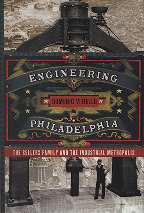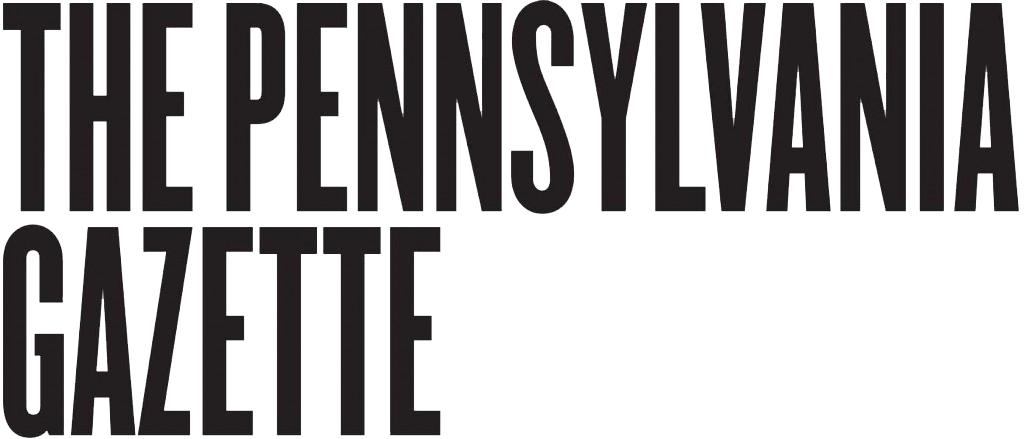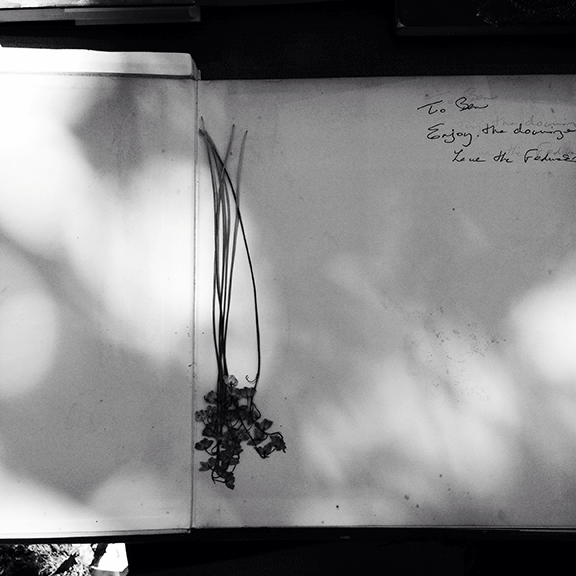How one family helped build the City of Brotherly Love.
By Beth Kephart | Domenic Vitiello has a fascination with the way things work. With how a solitary invention can rearrange social economics. With how one family’s vision can catalyze a sustaining public dialogue. With how a relentless focus on progress, passed down through generations, can shape the nature of work, the management of people, and the particulate details of both civic and domestic life.

ENGINEERING PHILADELPHIA: The Sellers Family and the Industrial Metropolis
By Domenic Vitiello GFA’98 Gr’04, faculty
Cornell University Press, 2013, $35.
In Engineering Philadelphia: The Sellers Family and the Industrial Metropolis, Vitiello, assistant professor of city planning and urban studies at Penn, takes multiple generations of a single enterprising family as his point of departure for an economic, social, industrial, and urban history of Philadelphia. The Sellers clan are “millers, mechanics, manufacturers, engineers, and a corporate titan or two.” We meet them upon their arrival in the 1680s—“descendants of an English farmer and weaver of wire.” We follow them through era after era as they roll up their sleeves and build the things that make the city (and, ultimately, the world) work—wire screens, molds, fire engines, bail boats, precision tools, standardized screws, kinematoscopes—not to mention public schools, management systems, and social networks.
It’s an extraordinarily good idea for a book—a mostly unwritten chapter in Philadelphia’s history. But while Vitiello calls his book a biography of a family, Engineering Philadelphia can sometimes read more like a book of lists or a patchwork of resumes than as an integrated, dynamic whole. The private lives and deepest thoughts of the Sellers rarely rise above the surface of the text. Fully flavored scenes are nonexistent. And with the exception of the passages focused on Bush Hill, and the Sellers’ tool shop at 16th and Hamilton, the rapidly changing Philadelphia landscape is hard to hear, to see, to imagine.
Clearly, though, Vitiello has done remarkable research on a family whose influence on Philadelphia was both wide-ranging and deep-seated right up through the early 20th century—when many of the old industrial structures are swept aside, Logan Square became a traffic circle, and the Reading railroad line along Pennsylvania Avenue was sunk out of view. Even the home of one of the last significant industrial Sellers—William, a manufacturer, inventor, and Penn trustee—will be taken down in the name of progress. Still, Vitiello asserts in the end, “industrial history continues to shape the geography and fortunes of the metropolis.”
Beth Kephart C’82, the author of 17 books, teaches creative nonfiction at Penn and blogs daily at www.beth-kephart.blogspot.com.




